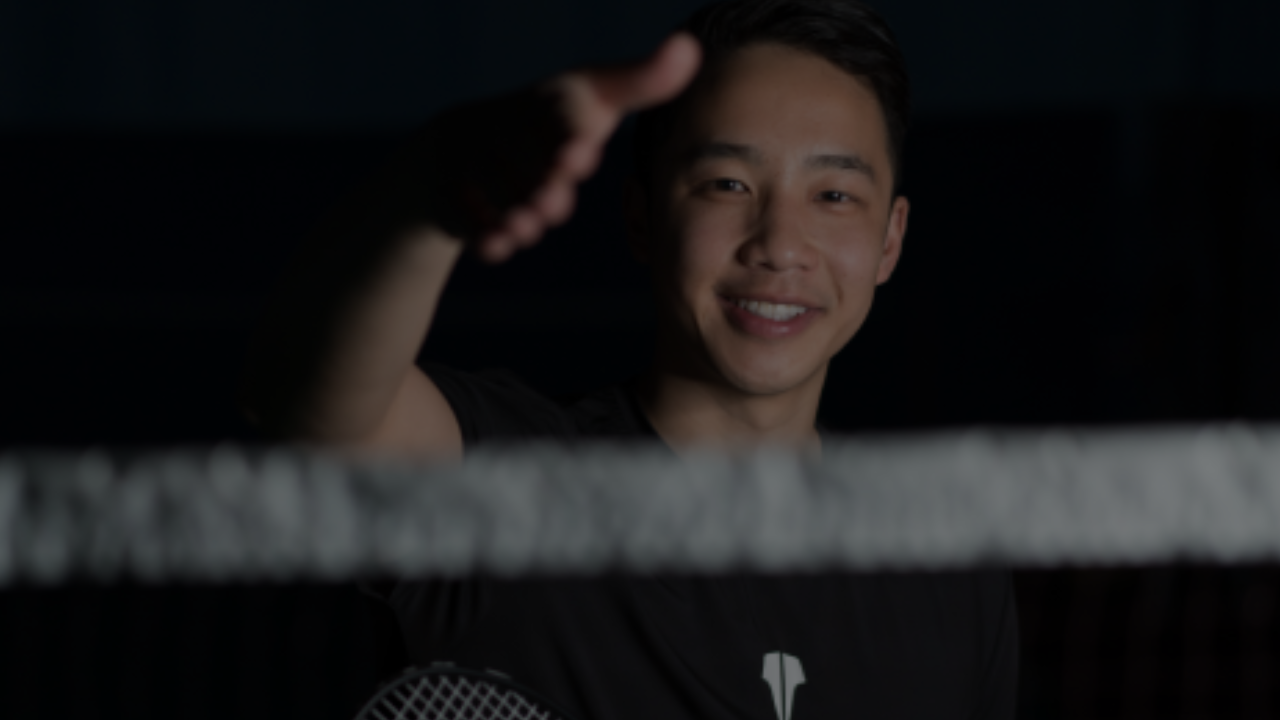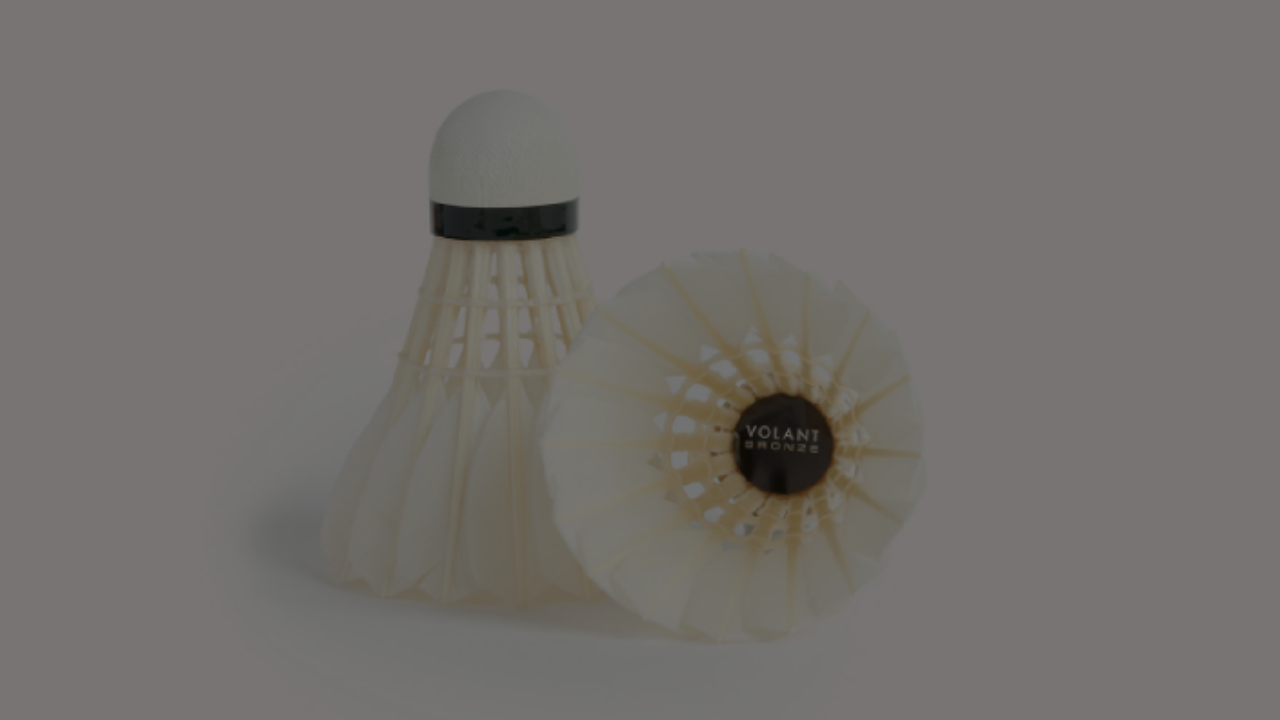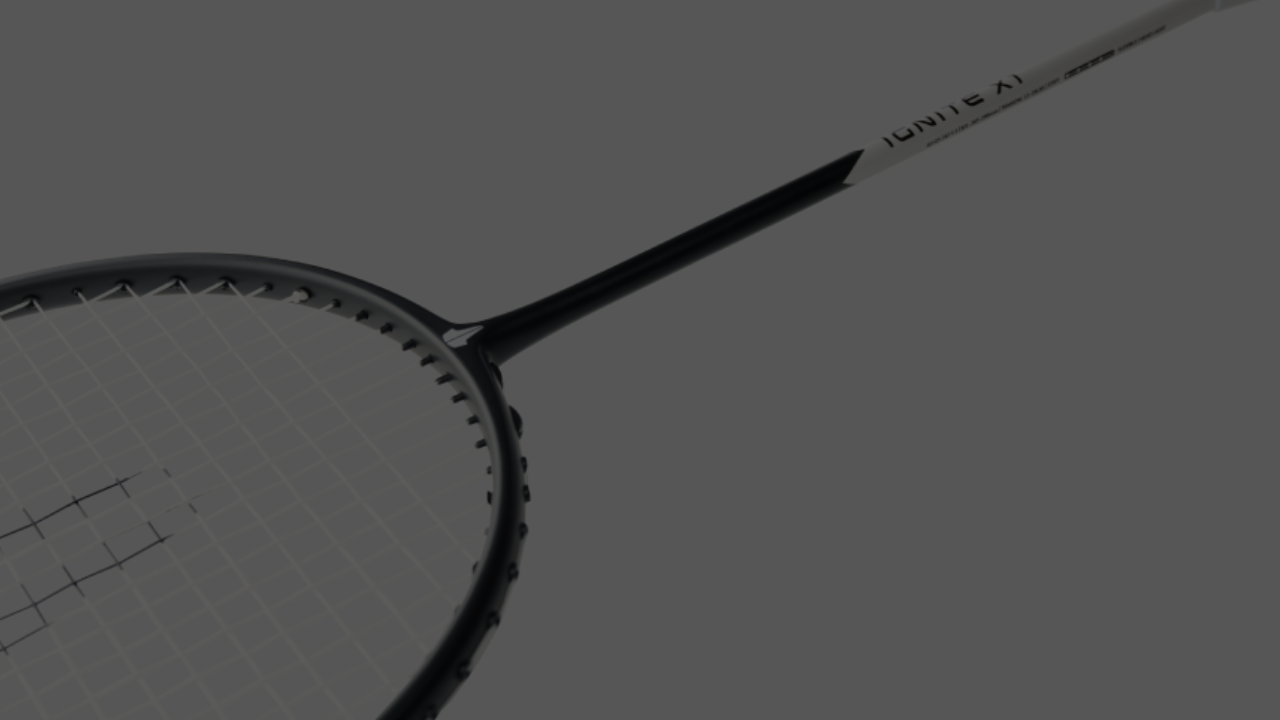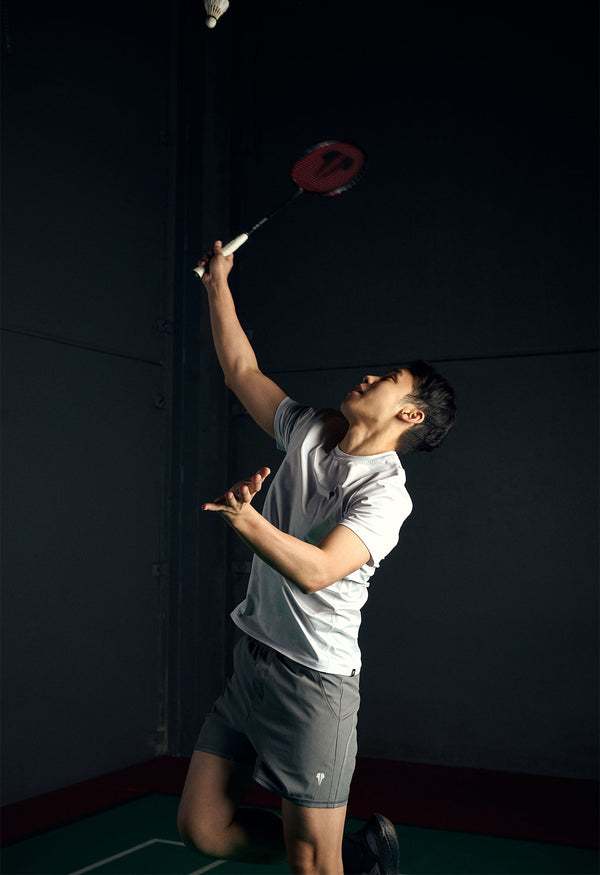Your Cart is Empty

September 04, 2019 5 min read
Just last month, I was lucky enough to attend the 2019 World Championships in Basel, Switzerland, as the team coach & manager for Australia. It was an amazing experience to say the very least, and in this piece, I’d like to outline the differences between attending the World Championships (and other major badminton tournaments) as an athlete compared to a coach.

For those who don’t know, I have competed in some of the most prestigious badminton tournaments in the past, including the World Championships, World Junior Championships, Commonwealth Games, Thomas Cup Finals, Sudirman Cup, All England Championships and Denmark Open.
The 2019 World Championships was the first major tournament that I’ve experienced as the Australian coach & manager.
The main differences between being the athlete versus the coach/manager revolve around:
Team-focussed Vs. Individually-focussed
Being the coach & manager
Taking on this role meant that I needed to make decisions based on what was best for the whole team, rather than just for individuals. This does get a bit tricky sometimes because there are requests from individuals.
So at the same time, I would cater for each individual’s needs where I could, but if it was one thing or another, the needs of the many often outweigh the needs of a single person. And I’d have to accept that sometimes it’s not possible to make everyone happy.
If an individual was still playing in the tournament, that player would get priority over another play who was no longer competing.
All-in-all, being the coach and/or manager is to serve: always finding ways to serve your players and give them as much value as you possibly can. And it’s this that I find truly rewarding - and why I’d do it all again.
Being the athlete
As a player, I remember that when I was competing at such competitions, the focus would mainly be on myself. I’d support the team where I could, but I was the number 1 priority for myself. Because of this, for everything that I did, I’d have to make sure that it was in my best interests so that I could perform.
This isn’t being selfish - it’s what is necessary as a player so that he/she can enhance their performance. Although, boy can athletes be demanding!
The different hats & roles
Being the coach & manager
As I was the only coach/manager present for Team Australia, there were different roles that I had to assume in order to give the players as much as possible. These ranged from:
1. The Coach

Being the athlete
As the athlete, there’s only one main thing you have to think about - and that’s doing everything you can to perform at your best. This includes:
Having to be switched on and alert constantly
Being the coach & manager
Believe it or not, coaching can be very tiring and mentally demanding. Some may think that being the athlete should be more tiring because they have to physically perform. And whilst this is very true, the coach’s workload, especially mentally, shouldn’t be underestimated.
Being at the training and/or competition hall all day - for over 12 hours sometimes - is very mentally and physically draining, and it’s something you won’t really appreciate until you’ve done it yourself.
This wasn’t a surprise to me, as outside of badminton coaching, I am a business coach for dental practice owners - and the coaching calls that I hold are also very mentally demanding.

Being the athlete
In comparison to the coach/manager role, as the player, you definitely need to be mentally and physically switched on too. And although the intensity of the mental and physical demands are higher, the duration of which you need to be is shorter.
Final remarks
All-in-all, I thoroughly enjoyed my experience as the coach/manager at this event. While the above outlines the differences between, there are definitely things that don’t feel different between being the athlete versus the coach/manager: the environment and atmosphere, and the team bonding.
The atmosphere and environment of the World Championships has helped me to remember what it feels like to be surrounded by the world’s best, and how it feels to be part of something so significant. I was delighted to be able to reconnect with players that I had previously competed or played with when I was on the tour - some of them are still playing, some of them are coaching.
I watched world-class badminton again, live, and there’s nothing better than having a court-side view. It’s so much better than when watching on television or YouTube!
And finally, the feeling of being in a team environment is one of the most special experiences for me. Getting to know all of the players not just as athletes but as amazing human beings as well. You always know that you’ve been a part of a great team when you feel like you’re missing something when the event ends.
Jeff is an ex-international badminton player who represented Australia at the Commonwealth Games (twice as a player & once as a coach), World Championships, All England Championships and multiple Thomas and Sudirman Cups. He was the Australian National Coach, Senior State Head Coach and is the co-founder of Volant badminton & The Badminton Podcast. Jeff is extremely passionate about building the worldwide badminton community & showing the world how incredible our sport really is.
Comments will be approved before showing up.

August 20, 2025 2 min read

July 17, 2025 2 min read
Shuttlecocks aren’t cheap, and replacing them constantly stings the wallet. With a little care, though, you can stretch their lifespan and keep your game flying high. Whether you’re using feather or nylon, here’s how to make them last—plus why Volant Badminton’s options are worth your shot.

June 25, 2025 2 min read
Strings wear out—it’s a fact of badminton life. Slack, frayed, or snapped strings kill your shots, so knowing when to restring keeps you sharp. How often depends on your play, and here’s how to figure it out—plus why Volant Badminton’s gear makes it easy.
Be the first to know when a new blog post comes out!
Curated articles, tips and advice, tailored to the sport of badminton.
Sign up and enjoy 10% off your first order.

Join the Volant Community and improve your game!
*Discount code excludes shuttlecocks